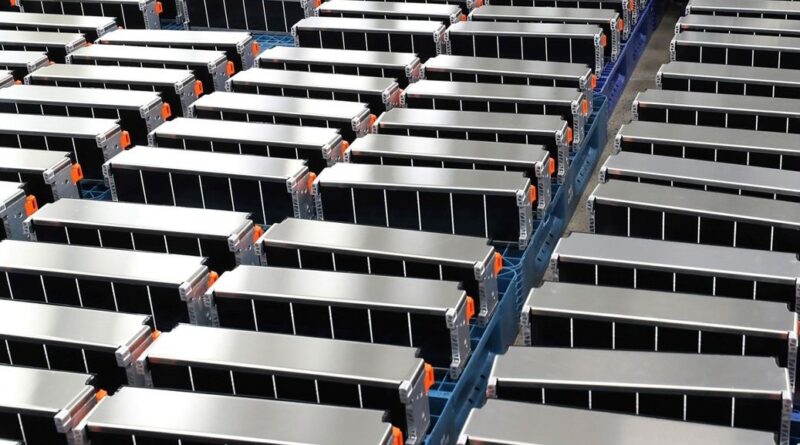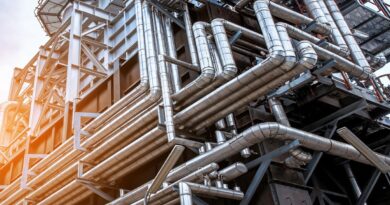How clean is the nickel and lithium in a battery?
The production of lithium (Li) and nickel (Ni), two key raw materials for batteries, can produce vastly different emissions profiles.
Nickel Emissions Per Extraction Process
Nickel is a crucial metal in modern infrastructure and technology, with major uses in stainless steel and alloys. Nickel’s electrical conductivity also makes it ideal for facilitating current flow within battery cells.
Today, there are two major methods of nickel mining:
- From laterite deposits, which are predominantly found in tropical regions. This involves open-pit mining, where large amounts of soil and overburden need to be removed to access the nickel-rich ore.
- From sulphide ores, which involves underground or open-pit mining of ore deposits containing nickel sulphide minerals.
Lithium Emissions Per Extraction Process
Lithium is the major ingredient in rechargeable batteries found in phones, hybrid cars, electric bikes, and grid-scale storage systems.
Today, there are two major methods of lithium extraction:
- From brine, pumping lithium-rich brine from underground aquifers into evaporation ponds, where solar energy evaporates the water and concentrates the lithium content. The concentrated brine is then further processed to extract lithium carbonate or hydroxide.
- Hard rock mining, or extracting lithium from mineral ores (primarily spodumene) found in pegmatite deposits. Australia, the world’s leading producer of lithium (46.9%), extracts lithium directly from hard rock.
Why does this matter?
The production of raw materials like lithium and nickel for batteries can have significant environmental implications, with emissions from mining and processing contributing to climate change, air and water pollution, as well as deforestation, habitat destruction and land degradation.
Sustainable and responsible sourcing of raw materials is increasingly crucial for battery manufacturers to comply with regulations, address consumer demands for environmentally friendly products and ensure a sustainable energy future.
Implementing cleaner production techniques, promoting recycling and supporting more environmental practices throughout the supply chain are essential steps towards mitigating these environmental and social impacts.




